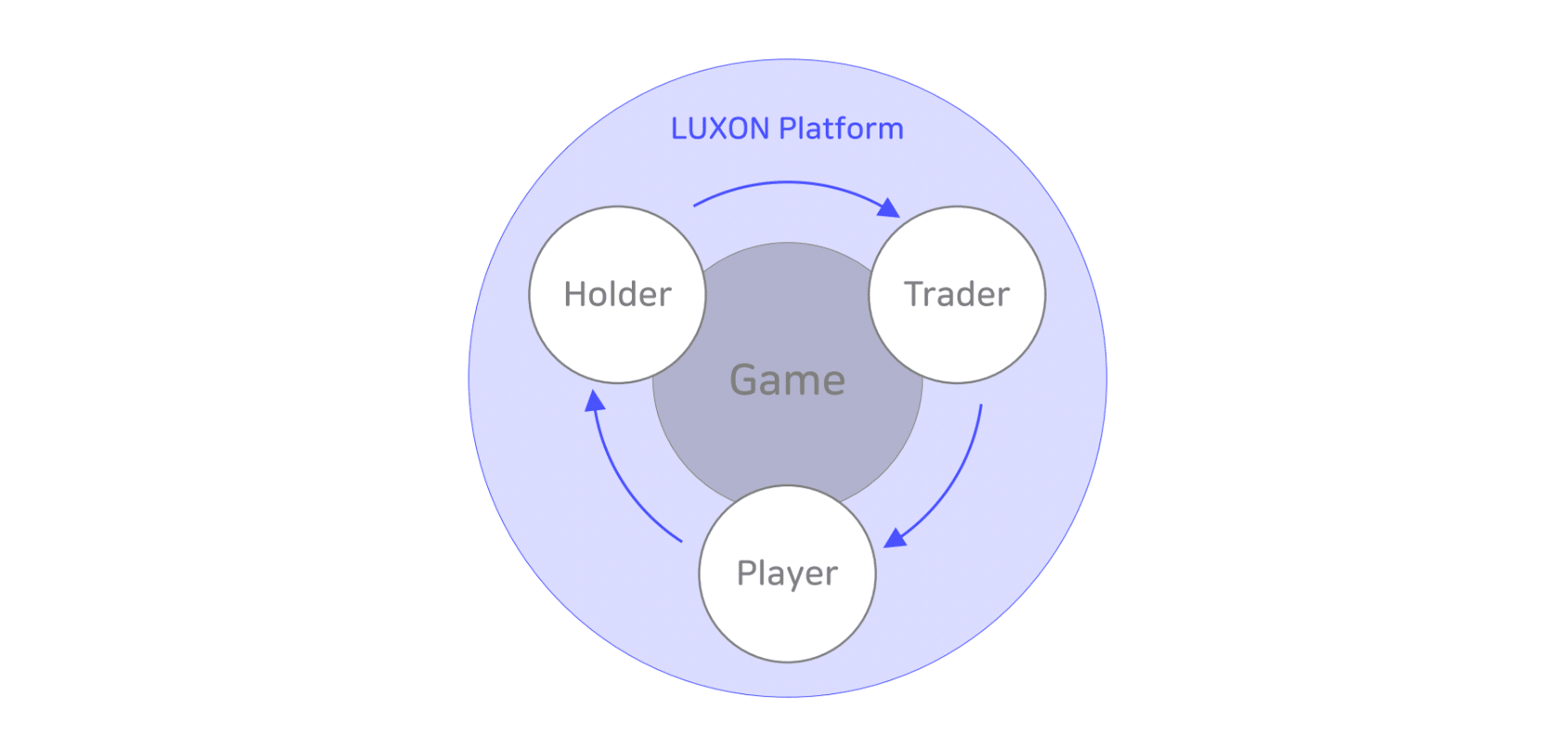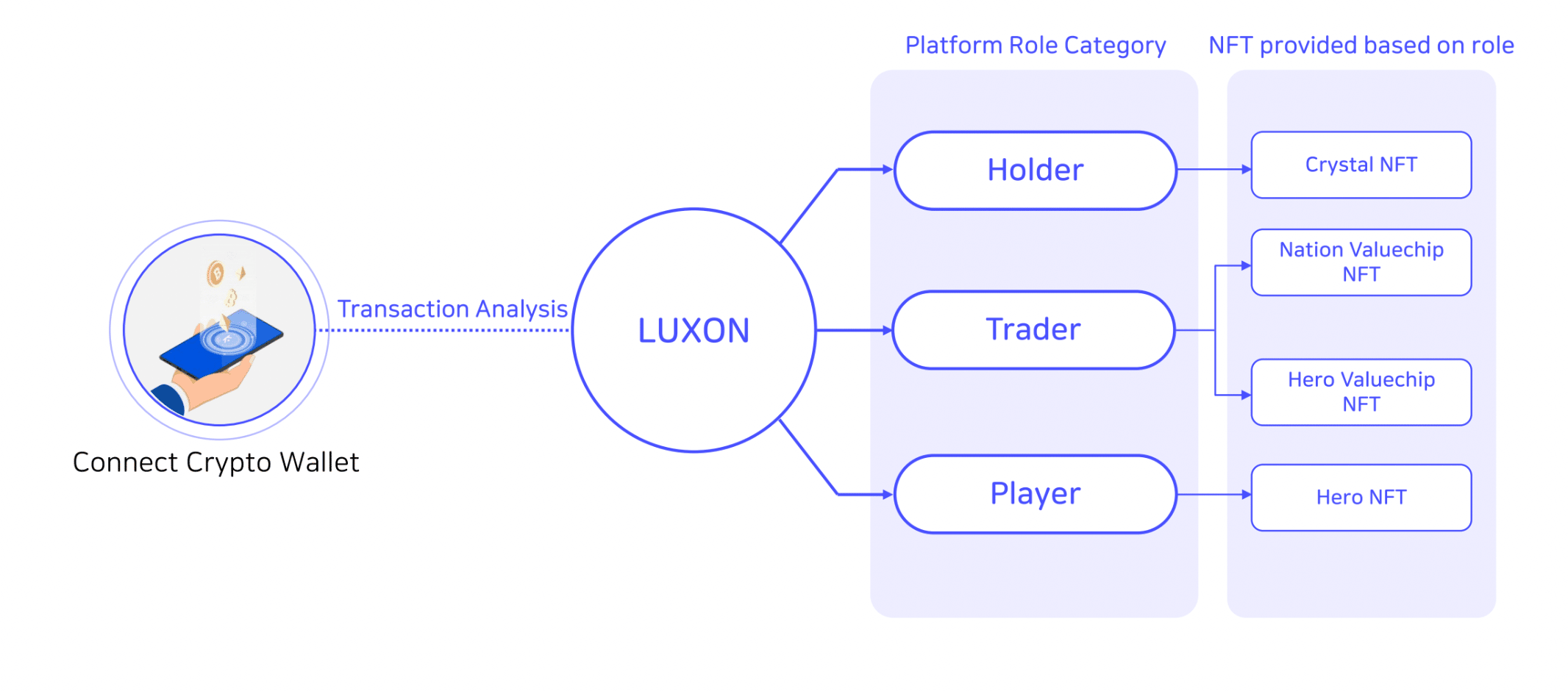LUXON: A Web3 platform providing transaction-based personalized NFTs

The introduction of Web1 and Web2 had almost taken the world by storm. The internet that we use today is also a product of Web2 technology, but with continuous revolution, the inception of Web3 has already begun.
According to Google Analytics, there has been a 33% rise in people getting driven towards Web3 technology in the last few months. The popularity of Web3 has steeped into the edges of the internet revolution giving rise to computing, blockchain technology, digital currencies, virtual reality, non-fungible tokens (NFTs), and a lot more.
The gradual shift of designs from application-centric to user-centric and decentralization is all because of Web3. However, there have been various challenges and limitations surrounding Web2 and Web3 space, that have been left unaddressed.
LUXON Project is one such platform that has been launched to address the ongoing issues that exist in Web2-based game business and management models. Additionally, the platform also strives to resolve the limitations of the current crypto/P2E games.
What is LUXON Project?
Designed by critical minds with backgrounds in business, management, and development LUXON is a Web3 platform verifying the users’ transaction history on-chain. Moreover, it is also designed in a manner to provide personalized NFT item sets to the active users of the platform.
Besides the initial first-mover advantage, LUXON strives in a direction to provide value based on assigning/performing roles to its users. Simultaneously, the platform works with the mission to systemize each role and create a long-lasting independent, and manageable gaming ecosystem.
While assigning platform roles LUXON focuses on assigning separate roles for all participants. This is done based on user information including their participation history in a Web3 ecosystem. Thus, LUXON rejects the concept of a limited participation model that depends on the order of arrival or high solvency thereby, giving rise to a new Web3 ecosystem.
When it comes to managing an independent ecosystem, LUXON transfers the service management authority from developers/publishers to platform participants thereby catalyzing decentralization. This also results in the curation of enjoyable gameplay and community design that is fun and profitable for all individuals within the ecosystem.
These two major role helps the platform to move beyond Web 3.0 while connecting and expanding towards Web 2.0 users to continuously expand the LUXON community.
The LUXON ecosystem
The LUXON ecosystem is designed in a way keeping in mind the history of participants in the Web3 arena. After connecting their wallet to the LUXON ecosystem, users of the platform are divided into three distinct roles which are as follows:
- Holder: They are significant contributors to the existing IPs or the LUXON platform. In the case of service management, holders are the main agents for balancing currencies. Besides recognizing and continuing their contributions, holders are also responsible for expanding the platform/IP in the future.
- Trader: They are considered significant investment and trade contributors to the existing Web 3/ P2E Games. Being an expert in trading and excelling in the same, these traders are assigned to lead the overall trades of the LUXON ecosystem. The latter motivates these traders by offering them a part of the total trades of the platform.
- Player: They are the potential users of the Web3 space who desire to participate in game governance and gameplay. Players who have a history of great gameplay and community experiences from Web3 games can go beyond being the main agents of in-game supply and demand. Additionally, the former also get access to great community leadership along with voting rights for game management.
Being the main agents of managing the LUXON ecosystem, the three role players work alongside the Game Publishers to manage and enhance the gameplay of this Web3 platform.
Essential services
To enjoy the perks of some stand-out services provided by the LUXON platform, users just have to download the launcher and they are all set to play games and earn NFTs. The key services of the platform include:
- Inventory: Herein, users get access to a multichain gateway, where NFTs are managed by the LUXON platform.
- Marketplace: At LUXON traders are considered creators allowing users to design their own NFTs and trade them efficiently on the LUXON platform.
- Store: The LUXON store is built for users to purchase a variety of game items that are in sync with their play style.
The ongoing airdrop
LUXON platform has designed unique NFTs based on different transaction histories of the users. The Holders are entitled to Crystal NFTs, Valuechip NFTs are for Traders, and Agent (Hero) NFTs are designed for Players. The Hero NFTs airdrop will take place in three different ways that are website airdrop, launchpad airdrop, and direct airdrop.
The Hero NFTs will be used in the game, DESPERADO B218. The Valuechip NFTs will give a share of the marketplace commission fee to the users by staking. Whereas, Crystal NFTs are designed to provide Balance Tokens by staking, which can be used on DAO or Credit Cards to balance the in-game economy.
Roadmap ahead
After establishing the base ecosystem and implementing the decision-making system which was Phase 1 and Phase 2 of the roadmap of the platform. LUXON strives to add a creator role and new games to the ecosystem. The platform also aims to implement a rule book which is timelined to be opened in the first quarter of 2023.
Discovering creators and systemizing expansion is planned to take place in the first and second quarters of next year. Additionally, the project also looks forward to providing multiple IP services with additional new games to its users.
Users just have to connect their crypto wallets to the LUXON ecosystem, and they are good to go.
To know more about the platform visit their official website.
Disclaimer: This is a paid post and should not be treated as news/advice.








